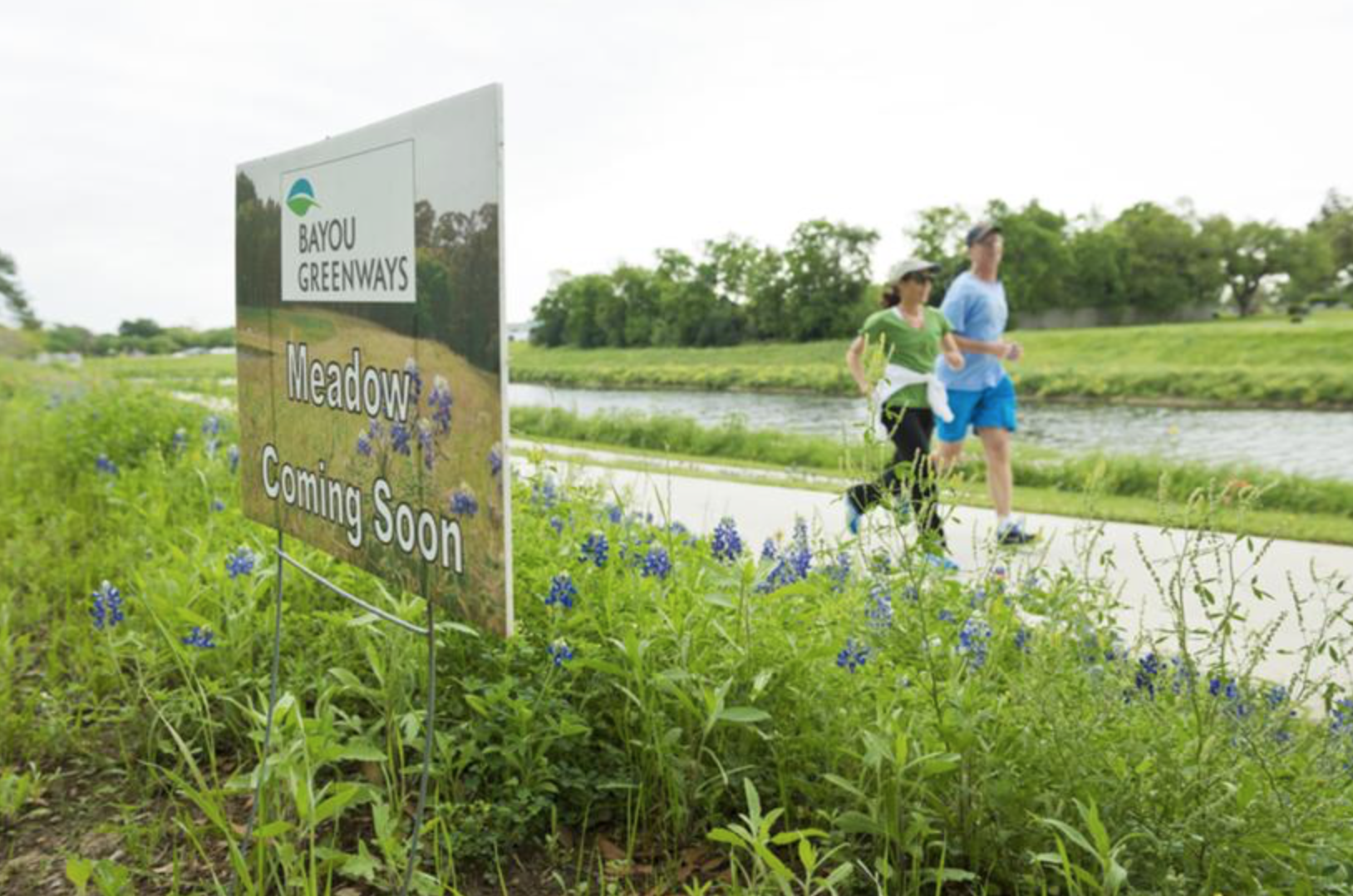Title Page
An Illustrated History of the Picnic Table. Places.
Introduction
Homelessness rose after Harvey, Houston-area census shows. Houston Chronicle.
Each January, about 300 volunteers fan out across three counties and do a point-in-time count of every homeless person they can locate. On the night of Jan. 22, teams counted 4,143 homeless people - 2,529 of them staying in shelters and 1,614 unsheltered.
Last year's assessment located 3,605 homeless people in Harris, Fort Bend and Montgomery counties - 2,287 of them sheltered and 1,318 unsheltered.
Executive Summary
Houston's Bayou Greenways and other parks investments have won national attention as ambitious projects that signal a shift in thinking about green space and land use. But a new ranking from the Trust for Public Land suggests that Houston's parks still leave a lot to be desired.
The ranking of the 100 largest cities looks at things like scale of park space, access and park spending per capita on municipal green spaces plus metrics like basketball hoops per 10,000 residents. Houston ranked 77 out of 100 in 2018, a slight bump from 2017 when the city ranked 78 and a huge drop from 2012 when the city ranked 30. Though the rankings are quite different between 2012 and 2018, the metrics aren't so different, suggesting other cities made significant jumps in investment or access. In 2012, for example, 45 percent of residents were within a half-mile walk of a park and the city spent $42.99 per resident on parks, compared to 49 percent in 2018 and $38.08 per resident.
Spending per resident was among Houston's weakest scores. The city's level of investment earned Houston just 4 of 40 possible points. In Minneapolis, which topped the rankings, the city spends roughly $249.11 per resident on parks. Across the river, St. Paul, which ranked second, spends $217.80 per resident. Even other Sun Belt cities, with their similar auto-oriented histories, spend more than Houston. Atlanta spends $138.78 per resident, according to the analysis. Los Angeles spends $102.70 per resident. And Phoenix spends $87.35 per resident. Of note here, spending per capita doesn't just look at city spending. According to the methodology, the calculation also includes non-profit spending and volunteer hours. Spending across the 100 cities ranged from $24 to $279, with a median of $87, according to the analysis.
Houston also ranked pretty poorly when it came to amenities, things like dog parks, playgrounds, splashpads, restrooms -- all the things that make going to the park not just fun but practical. Those little green slivers of grass between streets with a sign and little else? Those don't cut it. Those scores also imply that as cities think about connectivity and do things like create miles of hike and bike trails, they should also consider such amenities to make sure the places doing the connecting as well as being connected are robust.
Explore the rankings here.
Conclusion
Turns out "the idle poor have been criminalized in some form or another since 1342," in England, which helped give the United States its history of anti-loitering policies. As CityLab's visual storyteller, Ariel Aberg-Riger points out, police liked these laws because they were "very very very very vague" and "they gave them the ability to arrest a type of person (not just a criminal act)." Her visual piece looks at famous loitering cases that highlight the ways marginalized people are policed. She also draws attention to the list of high-profile cases of white women, empowered by anti-loitering policies and thinking, calling the cops to complain about the presence of black and Native American people.
Endnotes
Speaking today @TAGHouston about my plans for enhancing mobility in Houston region. #TAGHouston https://t.co/uV1ycjJSkV
— Sylvester Turner (@SylvesterTurner) May 24, 2018

